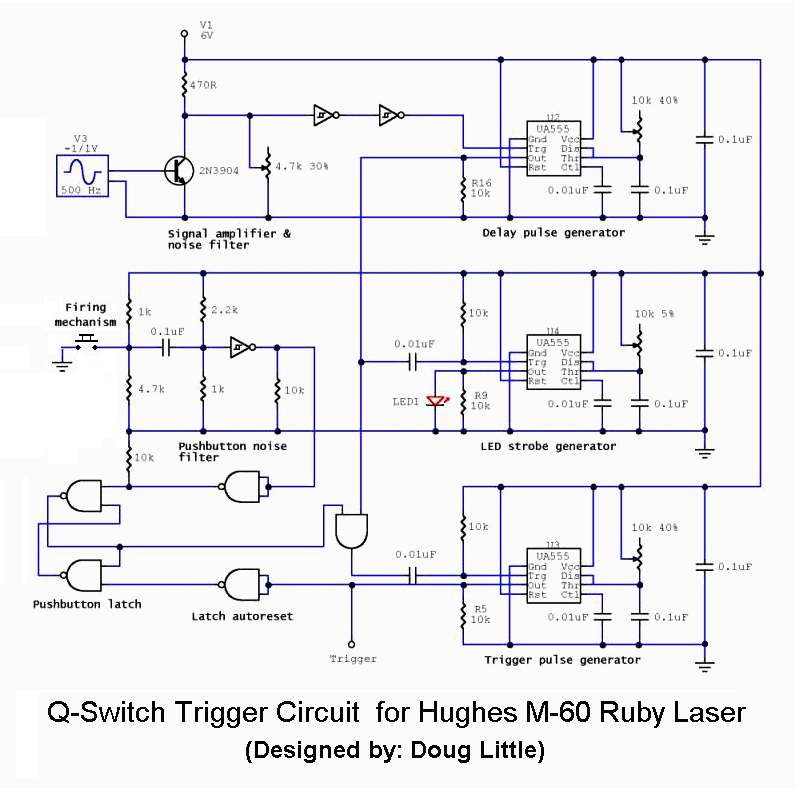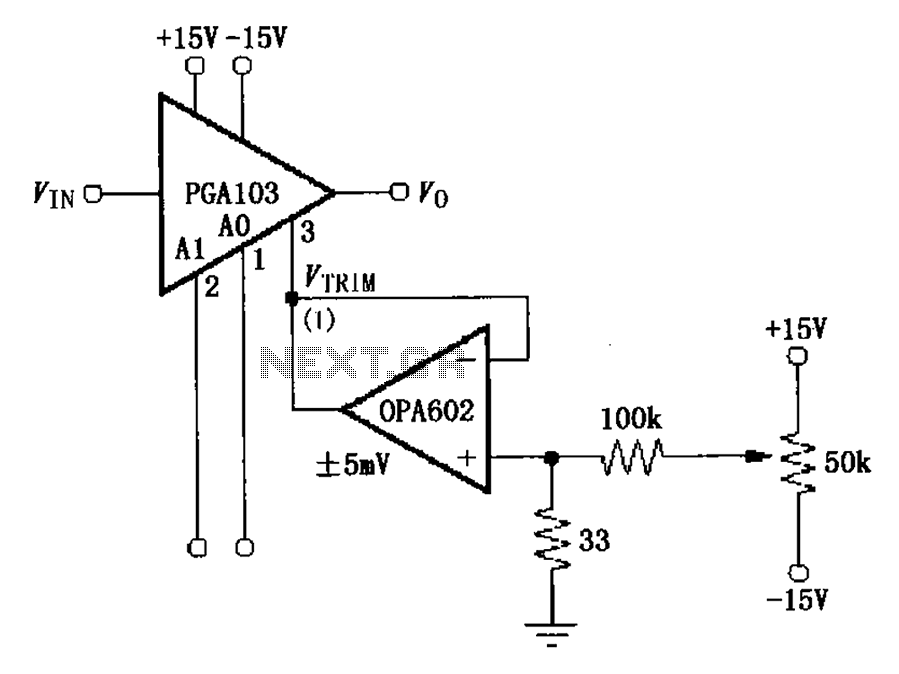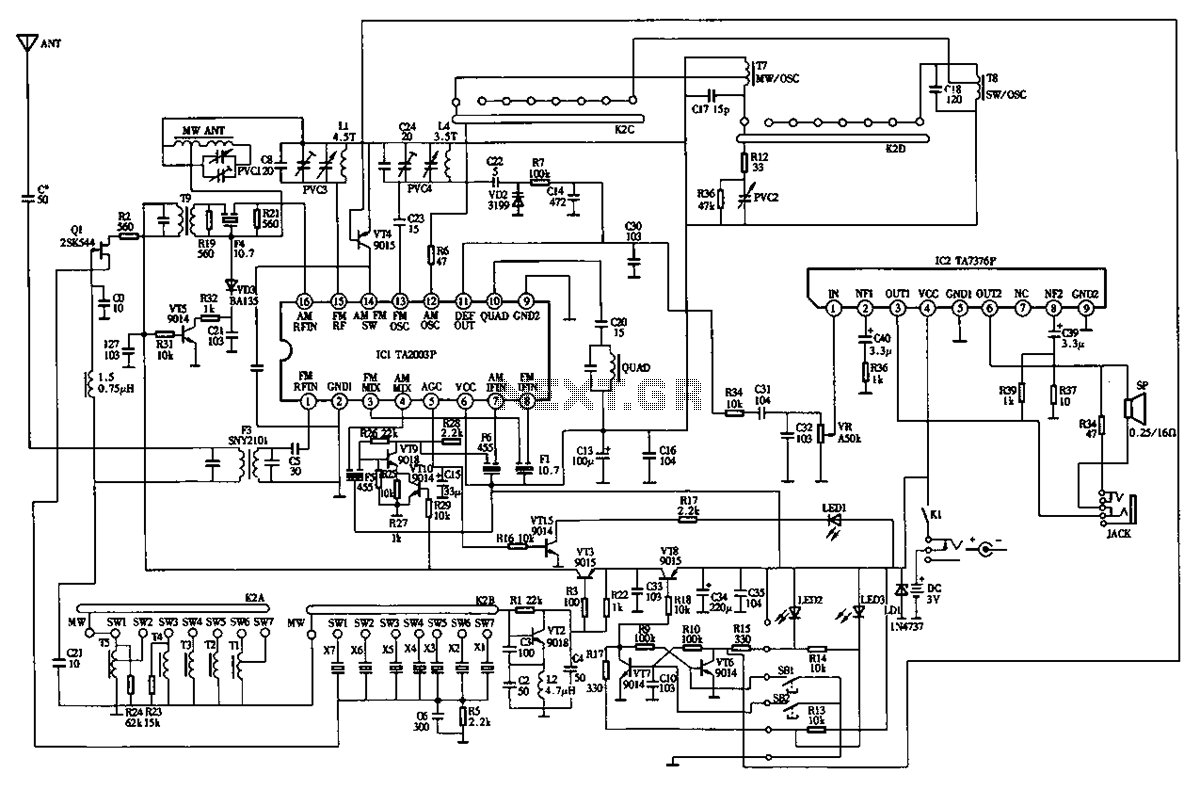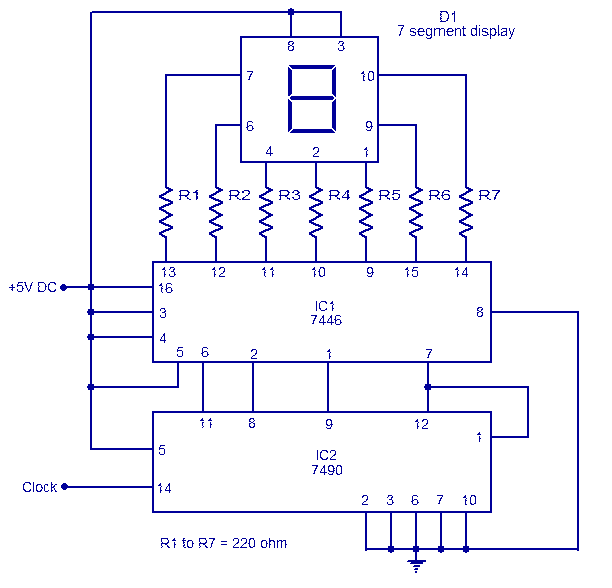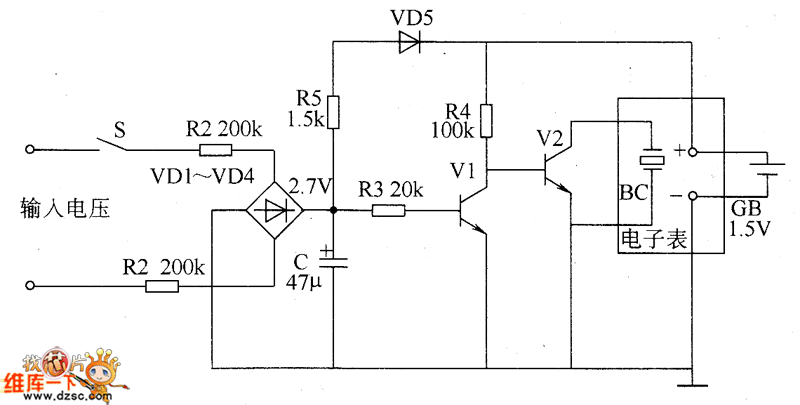
schematic diagram of my geiger counter
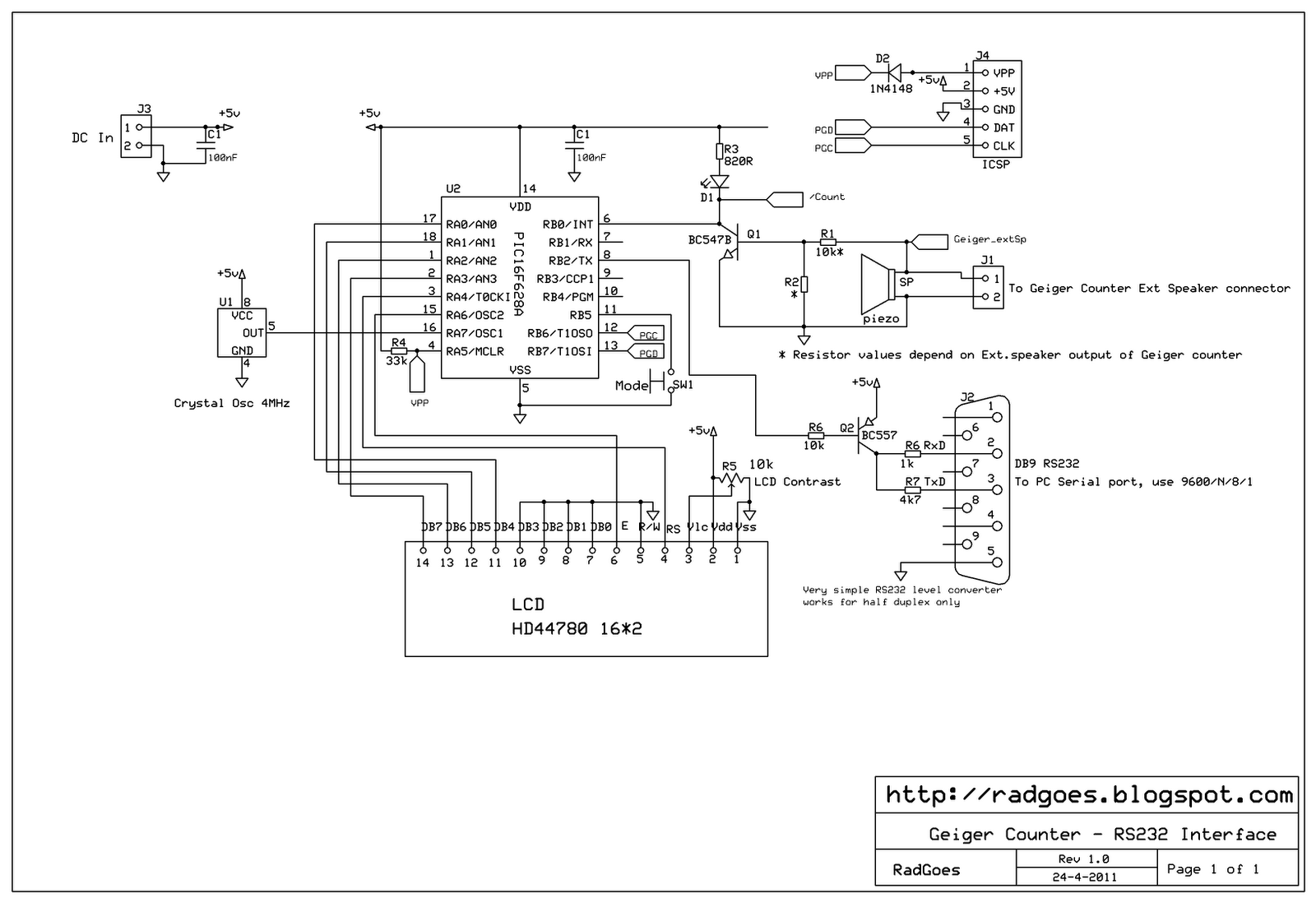
A selection of reasonably priced ex-army radiation detectors was discovered at an army surplus store. Among them was a Frieseke & Hoepfner FH40T Geiger counter, equipped with a FHZ76V energy-compensated Geiger-Mueller tube, which is sensitive to gamma (³) and beta (²) radiation at energies above 0.25 MeV. The FHZ76V tube contains a Valvo 18550 tube, equivalent to the Centronics ZP1320, Mullard Mx164, and LND-713 models. The specifications for the ZP1320 tube indicate a sensitivity of 9 counts per second per milliRoentgen per hour (cps/mR/h) for Cs-137, translating to 540 counts per minute per milliRoentgen per hour (cpm/mR/h). For typical background radiation levels of 0.025 to 0.045 mR/h, the expected counting rate is approximately 10 to 20 counts per minute (cpm). Local measurements have shown variations from 4 cpm to 25 cpm, attributed to the random decay of radioactive elements. The term "R" refers to Roentgen, an outdated unit of radiation exposure, with the recommendation to use SI units such as Gray (Gy) and Sievert. The conversion between Roentgen and Gray is officially established. An interface based on the PIC16F628 processor has been developed to count pulses, convert them to milliRoentgen per hour (mR/h) values, and transmit data via an RS232 port. This interface connects the Geiger counter to a small PC running Linux, where a script retrieves values from the RS232 port every 111 seconds, storing them in an RRD database and generating graphs using rrdtool. Alpha decay involves the release of helium nuclei, beta decay involves electrons (²-) or positrons (²+), and gamma decay involves electromagnetic radiation similar to X-rays. Currently, there is an interest in acquiring a device capable of detecting alpha radiation; however, market conditions, particularly in light of the Fukushima situation, have led to inflated prices and stock shortages for detection devices. The circuit design was initially conceptualized and implemented on a breadboard, necessitating the search for software to facilitate the quick creation of a schematic diagram. After research, ExpressSCH was chosen for its capabilities, and a modification was made to enable the output of measured counter values to the RS232 port for data logging, as well as to adjust timing values to accommodate varying sensitivities of Geiger tubes.
The Frieseke & Hoepfner FH40T Geiger counter serves as a reliable instrument for detecting ionizing radiation, specifically gamma and beta radiation. The FHZ76V tube, with its energy compensation feature, enhances accuracy by mitigating the effects of varying energy levels of incoming radiation. The integration of the Valvo 18550 tube, which possesses established sensitivity characteristics, ensures that the device can effectively monitor radiation levels in a variety of environments.
The development of the PIC16F628-based interface is a critical enhancement, allowing for real-time data acquisition and processing. This microcontroller is programmed to count the pulses generated by the Geiger-Mueller tube and convert these counts into a standardized radiation exposure measurement in milliRoentgen per hour. The RS232 interface facilitates communication between the Geiger counter setup and a computer system, enabling efficient data logging and analysis.
On the software side, the use of a Linux-based system provides flexibility and accessibility for data management. The script designed for reading RS232 data ensures that measurements are taken at consistent intervals, allowing for accurate tracking of radiation levels over time. The RRD database serves as a robust solution for storing time-series data, while rrdtool is employed for visualizing this data, providing insights into radiation trends.
In summary, this project exemplifies the integration of hardware and software solutions in the field of radiation detection, showcasing the adaptability of ex-military technology for civilian applications. The ongoing pursuit of additional detection capabilities, such as alpha radiation measurement, reflects a commitment to enhancing safety and awareness regarding radiation exposure in various settings.I found some relatively cheap ex-army radiation detectors at an army-dump shop. One of them appeared to be suitable to even detect the (usually low) background radiation levels: A Frieseke & Hoepfner FH40T Geiger counter (fitted with a FHZ76V energy-compensated geiger-mueller tube), sensitive to ³ (gamma) radiation and ² (beta) radiation over 0. 25MeV. The FHZ76V tube actually contains a Valvo 18550 tube, which is equivalent to Centronics ZP1320, Mullard Mx164 and LND-713 (found in this Probe Selection Guide and here ) The specs of the ZP1320 tube claim a sensitivity of 9cps/mR/h for Cs-137 (540cpm/mR/h). For `normal` background (0. 025-0. 045mR/h) this results in a counting rate of approx. 10-20cpm. Where I live, I measure values varying between 4cpm up to 25cpm. This variation is caused by the randomness of the decay of radioactive elements. The unit R in this text means Roentgen, a depricated unit of radiation exposure. Nowadays it is better to use S. I units. The Gray (Gy) and Sievert. The official conversion between Roentgen and Gray is: I`ve built a PIC16F628-processor based interface / pulse-counter, that counts the pulses and converts them to mR/h values and transmits them out of an RS232 port.
This interface is then connected between the Geiger counter and a small PC, running Linux. On the PC, a simple script runs that reads the values from the RS232 port (one measurement value every 111seconds) and stores the entries in an RRD database and the graphs are made with rrdtool. ± (alpha) decay is helium nucli being released, (beta) decay is electrons ( ²-) or positrons ( ²+) and ³ (gamma) decay is electromagnetic radiation (like X-rays).
I am now on the lookout for a device that can detect alpha radiation too. But the current situation in Fukushima has stirred up the market (crazy prices, run out of stock) for detection devices so I better wait until better times. The circuit only existed in my head and on breadboard, so I had to find a software that let me draw the schematic diagram quickly.
After some Googling, i decided to try the free software ExpressSCH. My mod to the software enables outputting measured counter values to the RS232 port for datalogging, and also adjusting timing values to cater for varies Geiger Tube sensitivities. 🔗 External reference
The Frieseke & Hoepfner FH40T Geiger counter serves as a reliable instrument for detecting ionizing radiation, specifically gamma and beta radiation. The FHZ76V tube, with its energy compensation feature, enhances accuracy by mitigating the effects of varying energy levels of incoming radiation. The integration of the Valvo 18550 tube, which possesses established sensitivity characteristics, ensures that the device can effectively monitor radiation levels in a variety of environments.
The development of the PIC16F628-based interface is a critical enhancement, allowing for real-time data acquisition and processing. This microcontroller is programmed to count the pulses generated by the Geiger-Mueller tube and convert these counts into a standardized radiation exposure measurement in milliRoentgen per hour. The RS232 interface facilitates communication between the Geiger counter setup and a computer system, enabling efficient data logging and analysis.
On the software side, the use of a Linux-based system provides flexibility and accessibility for data management. The script designed for reading RS232 data ensures that measurements are taken at consistent intervals, allowing for accurate tracking of radiation levels over time. The RRD database serves as a robust solution for storing time-series data, while rrdtool is employed for visualizing this data, providing insights into radiation trends.
In summary, this project exemplifies the integration of hardware and software solutions in the field of radiation detection, showcasing the adaptability of ex-military technology for civilian applications. The ongoing pursuit of additional detection capabilities, such as alpha radiation measurement, reflects a commitment to enhancing safety and awareness regarding radiation exposure in various settings.I found some relatively cheap ex-army radiation detectors at an army-dump shop. One of them appeared to be suitable to even detect the (usually low) background radiation levels: A Frieseke & Hoepfner FH40T Geiger counter (fitted with a FHZ76V energy-compensated geiger-mueller tube), sensitive to ³ (gamma) radiation and ² (beta) radiation over 0. 25MeV. The FHZ76V tube actually contains a Valvo 18550 tube, which is equivalent to Centronics ZP1320, Mullard Mx164 and LND-713 (found in this Probe Selection Guide and here ) The specs of the ZP1320 tube claim a sensitivity of 9cps/mR/h for Cs-137 (540cpm/mR/h). For `normal` background (0. 025-0. 045mR/h) this results in a counting rate of approx. 10-20cpm. Where I live, I measure values varying between 4cpm up to 25cpm. This variation is caused by the randomness of the decay of radioactive elements. The unit R in this text means Roentgen, a depricated unit of radiation exposure. Nowadays it is better to use S. I units. The Gray (Gy) and Sievert. The official conversion between Roentgen and Gray is: I`ve built a PIC16F628-processor based interface / pulse-counter, that counts the pulses and converts them to mR/h values and transmits them out of an RS232 port.
This interface is then connected between the Geiger counter and a small PC, running Linux. On the PC, a simple script runs that reads the values from the RS232 port (one measurement value every 111seconds) and stores the entries in an RRD database and the graphs are made with rrdtool. ± (alpha) decay is helium nucli being released, (beta) decay is electrons ( ²-) or positrons ( ²+) and ³ (gamma) decay is electromagnetic radiation (like X-rays).
I am now on the lookout for a device that can detect alpha radiation too. But the current situation in Fukushima has stirred up the market (crazy prices, run out of stock) for detection devices so I better wait until better times. The circuit only existed in my head and on breadboard, so I had to find a software that let me draw the schematic diagram quickly.
After some Googling, i decided to try the free software ExpressSCH. My mod to the software enables outputting measured counter values to the RS232 port for datalogging, and also adjusting timing values to cater for varies Geiger Tube sensitivities. 🔗 External reference
